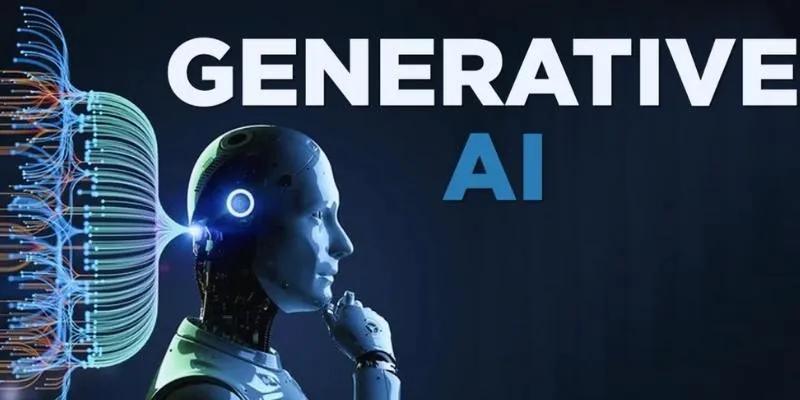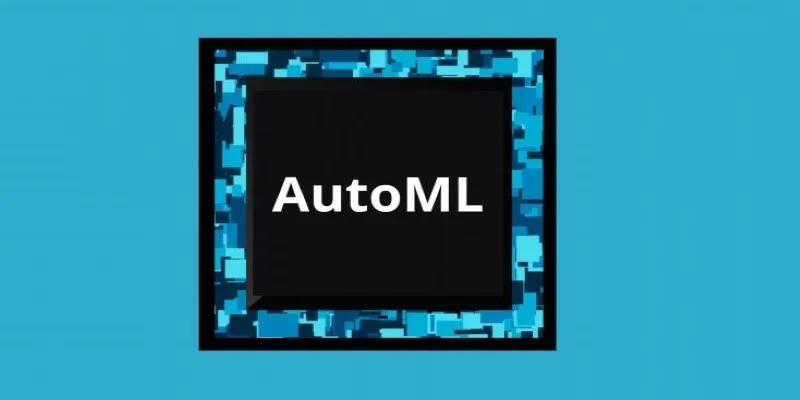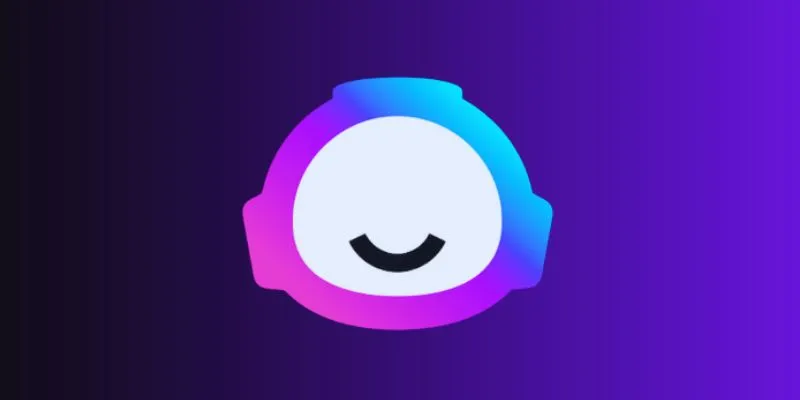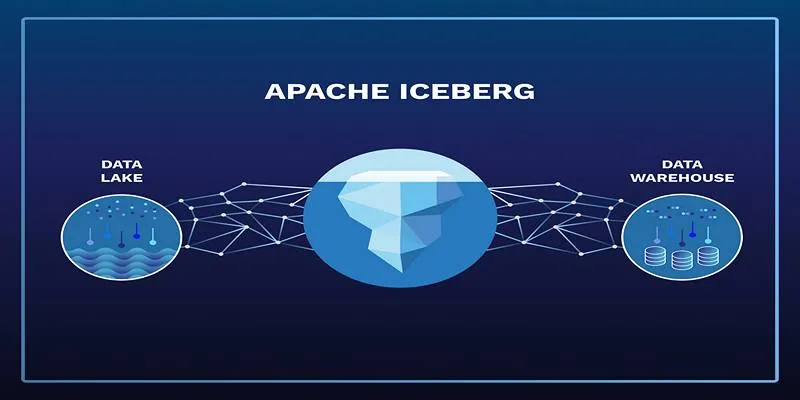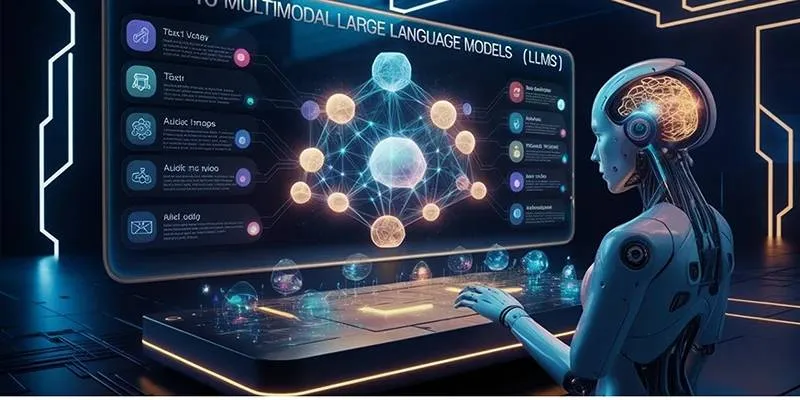In today’s fast-paced digital world, effective change management is essential for systems to adapt quickly and seamlessly. As businesses grow and applications span multiple platforms and databases, managing changes in real time is crucial to maintaining reliability, performance, and uninterrupted service. This is where Microsoft Drasi comes into play.
Drasi is Microsoft’s innovative open-source tool designed to revolutionize change detection and response in complex data environments. By automating real-time monitoring and reactions, Drasi helps developers and system architects eliminate manual intervention, minimize failures, and enhance system resilience. Let’s explore why Microsoft Drasi is a game-changer in the realm of change management.
What Is Microsoft Drasi?
Drasi is a data change processing engine that empowers users to define which changes to monitor and determine actions when those changes occur. Unlike traditional batch-processing systems or periodic checks, Drasi operates in real time, powered by Continuous Queries that work on live data streams.
This makes it ideal for modern, distributed systems where downtime or slow detection can lead to significant setbacks. Whether you’re tracking updates in a PostgreSQL database or monitoring graphs in Azure Cosmos DB, Drasi simplifies the entire pipeline—from detection to automated response. The best part? It’s low-code and open-source, encouraging contributions and customizations from a global community of developers.
Why Change Detection Matters in Complex Systems
In complex systems, data changes occur frequently across multiple services, databases, and environments. Without timely detection and response, these changes can lead to:
- Data inconsistencies
- System failures
- Security vulnerabilities
- Operational delays
For example, when a customer’s information is updated in a central database, it must be reflected instantly across shipping, billing, and support systems. Doing this manually or via delayed batch jobs is inefficient and error-prone. Drasi automates this entire flow—ensuring that updates propagate instantly and reliably across systems, minimizing human involvement and maximizing efficiency.
How Drasi Works: Core Components
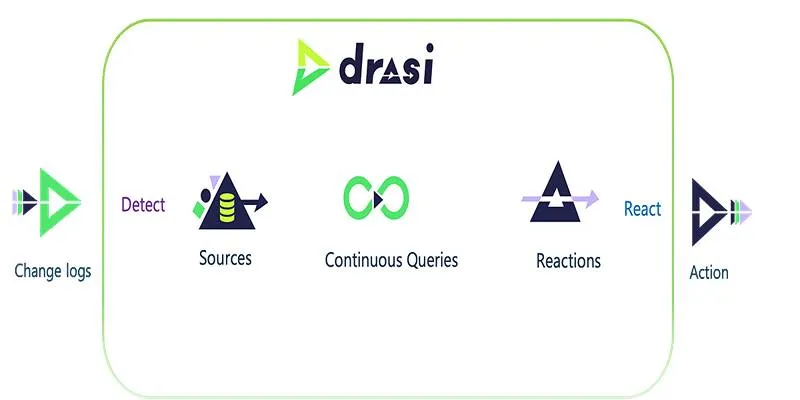
Drasi’s architecture is built on three key components that work in harmony:
1. Sources
These are the systems Drasi monitors for changes. Supported sources include relational databases like PostgreSQL, graph databases like Azure Cosmos Gremlin API, and even change feeds from Debezium or Kubernetes events.
2. Continuous Queries
Written in the Cypher Query Language, Continuous Queries are at the heart of Drasi’s operation. These queries run continuously in the background, monitoring for defined change patterns, such as new entries, updates, deletions, or even custom logic across datasets.
3. Reactions
When a Continuous Query detects a change, Drasi executes a Reaction—a pre- defined automated task. These could range from triggering an Azure Event Grid event, updating another database, sending notifications via SignalR, or running a stored procedure. Together, these elements make Drasi a declarative, real-time change management framework that requires minimal code but delivers maximum flexibility.
Key Features of Drasi
Here’s what sets Drasi apart from other change detection tools:
- Real-Time Monitoring : Changes are detected the moment they happen, allowing instant reaction.
- Low-Code Setup : Developers can define detection rules and responses with simple query syntax and minimal scripting.
- Multi-Platform Support : Integrates seamlessly with PostgreSQL, Azure Cosmos DB, Kubernetes, and Debezium.
- Open-Source Flexibility : Being open-source means rapid innovation, community contributions, and endless customization potential.
- Scalable by Design : Whether you’re a startup or an enterprise, Drasi scales to meet the demands of your infrastructure.
Real-World Use Cases of Drasi
Drasi’s utility spans across industries and operational functions. Here are some practical applications :
Cloud Configuration Monitoring
Cloud setups can be complex. Misconfigurations can lead to security loopholes or service outages. Drasi detects these misconfigurations in real time and can auto-correct or escalate issues immediately.
Security Threat Detection
By watching for unusual changes—like unexpected permission updates or data anomalies—Drasi can trigger alerts or automated lockdowns, enhancing your cybersecurity posture.
Infrastructure Automation
In cloud-native environments, Drasi can be configured to automatically scale resources or initiate failover processes based on real-time system changes, improving uptime and cost efficiency.
DevOps Workflow Enhancements
In CI/CD pipelines, Drasi can monitor for configuration or codebase changes and trigger automated builds, tests, or rollbacks, helping teams maintain agility and consistency.
Drasi vs. Other Monitoring Tools
While traditional tools like Nagios, Prometheus, or AWS CloudWatch are great for alerting and resource monitoring, they often fall short in terms of real- time, rule-based data change detection.
Drasi excels because:
- It uses declarative queries (via Cypher), making it easier to define complex rules.
- It supports multiple data sources without heavy integration overhead.
- It enables true reaction automation rather than just alerting.
- It’s community-driven and open-source, with endless room for customization.
Getting Started with Drasi
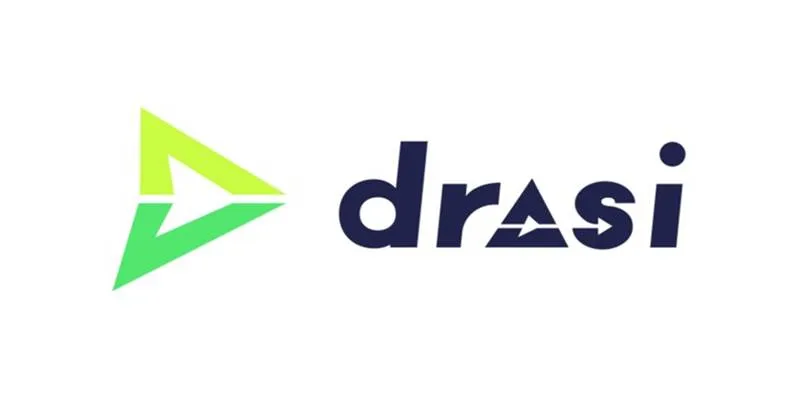
One of Drasi’s strengths is how easy it is to get started, especially for developers familiar with modern cloud tools. Here’s a quick roadmap to begin using Drasi in your environment:
- Install Drasi from its official GitHub repository.
- Connect your data sources, such as PostgreSQL, Azure Cosmos DB, or Debezium streams.
- Write Continuous Queries in Cypher to define what data changes you want to monitor.
- Configure Reactions to respond automatically—like calling an API or triggering an event in Azure Event Grid.
Microsoft provides extensive documentation and community resources, making it easy to prototype and integrate Drasi in real-world systems quickly.
Conclusion
As businesses grow more reliant on complex, distributed systems, the need for real-time, automated change detection is more pressing than ever. Microsoft Drasi rises to this challenge, offering an elegant, open-source solution for detecting, monitoring, and reacting to data changes with precision and speed. By combining low-code simplicity with powerful real-time analytics, Drasi empowers developers to build resilient, responsive systems with minimal friction.
Whether you’re managing infrastructure, enhancing security, or optimizing DevOps workflows, Drasi is a tool worth exploring and integrating. In the ever-evolving world of technology, being proactive is better than being reactive. With Drasi, you can be both.
 zfn9
zfn9
